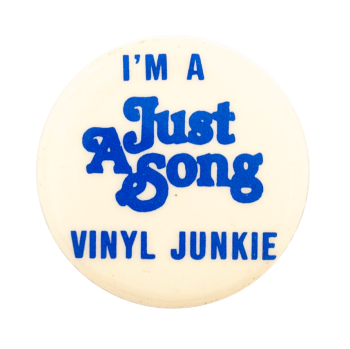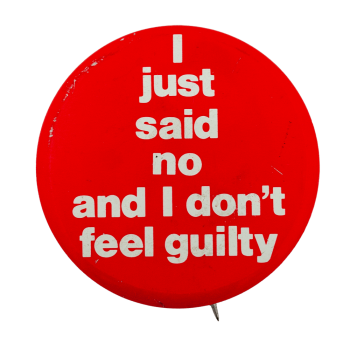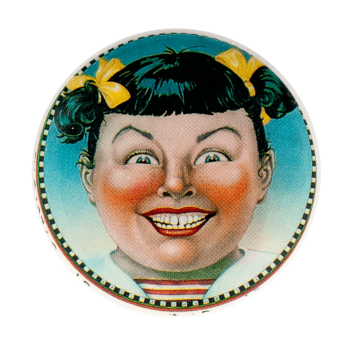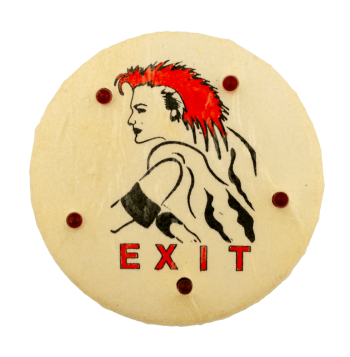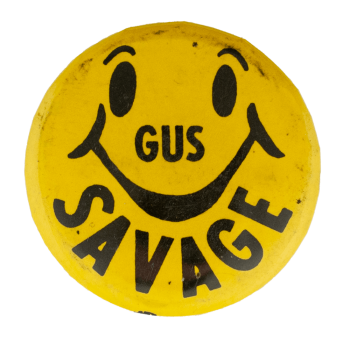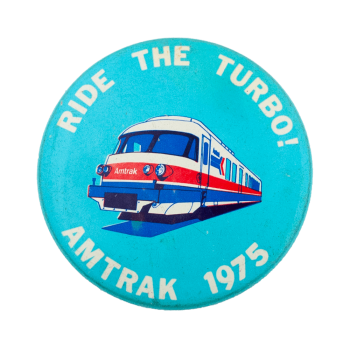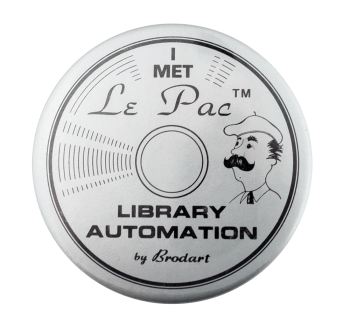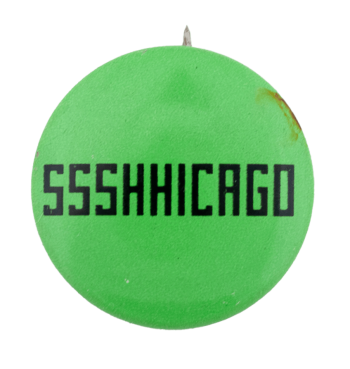I'm a Just a Song Vinyl Junkie
| Category | |
|---|---|
| Additional Images | |
| Text on Button | I'M A Just A Song VINYL JUNKIE |
| Image Description | Blue text on a white background |
| Curl Text | [illegible] |
| Back Style | |
| The Shape | |
| The Size | |
| Additional Information | In the history of music, the record album, unlike other fleeting formats such as the 8-track cassette, has seen a seemingly timeless staying power in both popular and music culture. In 1939 the Saturday Evening Post published an article titled “Meet the Platterbugs” exploring the obsession with finding records, especially rare and obscure ones, in thrift stores. The Post described vinyl junkies as afficionados of records, skidding further into rabid collecting with every album added to their stash. Over 75 years later, vinyl junkies are alive and well at resale shops, record stores, and vinyl exchanges all over the world. In fact, record sales were the highest in 2015 since 1988! |
| Sources |
Gilmore, N. (2018, September 14). The Invention of the Vinyl Junkie. The Saturday Evening Post. https://www.saturdayeveningpost.com/2017/11/invention-vinyl-junkie/ |
| Catalog ID | MU0593 |

